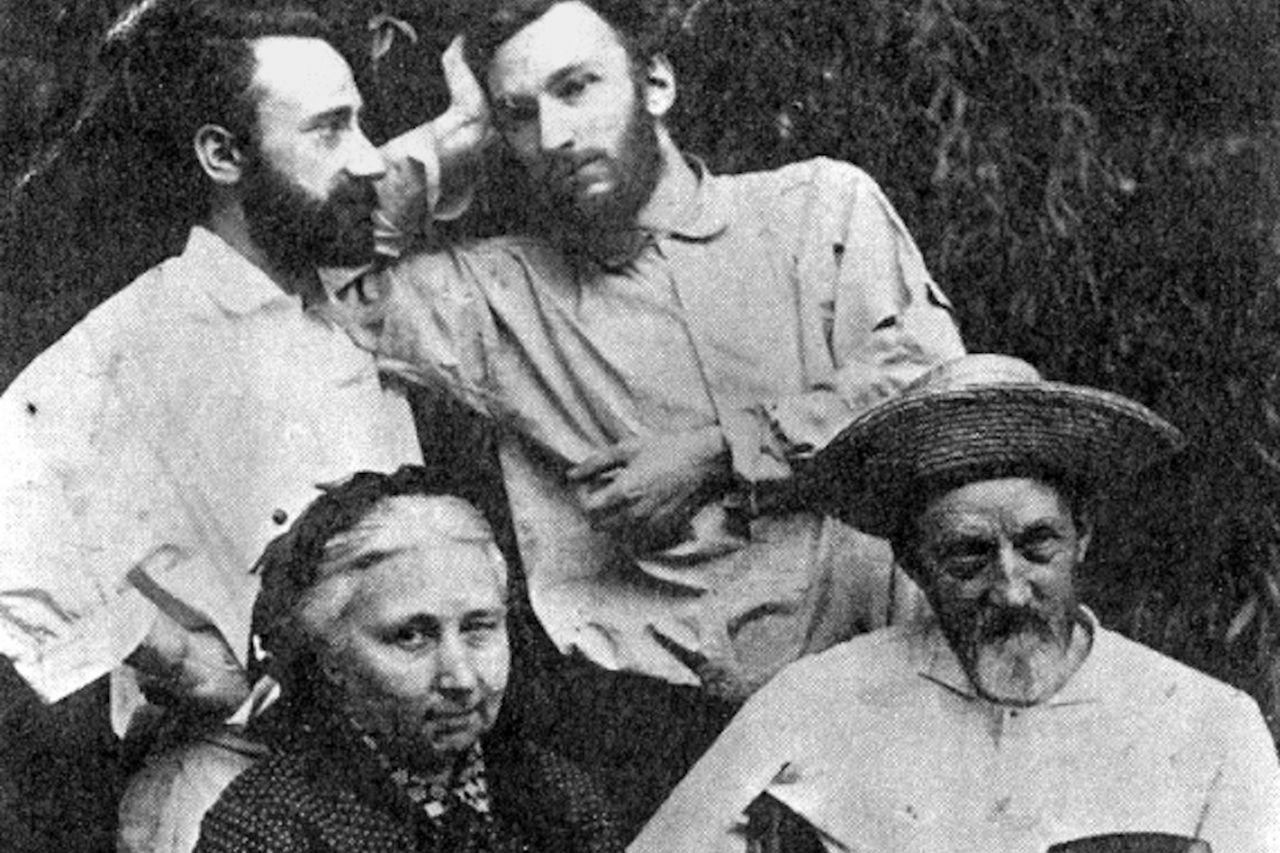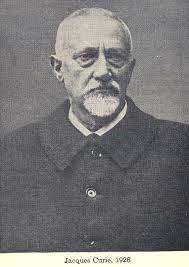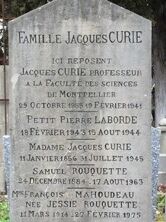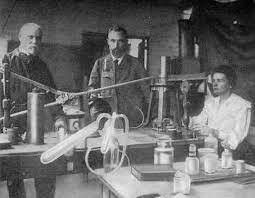Do you know Jacques Curie, piezoelectricity in all its forms?
Need we remind you that innovation is not the prerogative of a single scientific discipline or a single individual, but is often a collective endeavor, bringing together different sensibilities and scientific fields. Such was the case with Jacques Curie, physicist and mineralogist, who was appointed lecturer at the University of Montpellier in 1883, defended his thesis in Paris in 1888 and was appointed chair of physics and mineralogy at the University of Montpellier in 1904.

Jacques Curie played a crucial role, sometimes unrecognized, in major discoveries that are still widely exploited today. Jacques Curie, brother of Pierre Curie (Marie Skłodowska-Curie and Pierre Curie shared the 1903 Nobel Prize in Physics with Henri Becquerel for their research into radiation). Jacques Curie was the co-discoverer of the Piezoelectric effect [1] in 1880, when they were both working at the Paris Faculty of Science.
Jacques Curie's contribution was essential [2]: in particular, he had more experience than his brother in the study of pyroelectricity.
This wasn't just a theoretical discovery, as a few years later an instrument was developed to measure small quantities of electricity (10-13 A). This instrument made it possible to offer a measurement system of unprecedented finesse. "To measure the very weak currents that can be passed through air ionized by uranium rays, I had at my disposal an excellent method studied and applied by Pierre and Jacques Curie." Pierre and Marie Curie, 1923.
Thanks to this instrument, it was possible to identify the presence of two new radioactive elements in uranium ores: polonium and radium. This instrument was subsequently used in numerous experiments until 1950 (image: Montpellier University collection), read the description)
We're at the crossroads of several disciplines: physics, electricity and chemistry, which has led to significant scientific advances, but the adventure doesn't stop there. Although the term didn't yet exist, the Curie brothers took a real step towards valorization by creating the Société Centrale des Produits Chimiques (SCPC, a company that disappeared in 1996!), which enabled them to market this measurement system. In addition to the discovery of new chemical compounds, the piezoelectric effect revolutionized many fields, with multiple applications: sonar, oscillators, gaslighters, microphones, quartz watches...
Thus, Jacques Curie, buried in Montpellier's Saint Lazare cemetery in 1941, quietly played his part in a veritable technological revolution, combining theoretical and experimental sciences. Let's keep the memory of Jacques Curie alive - especially here in Montpellier.
Eighty years later, on a day-to-day basis, more than 750 scientists from the MIPS cluster (Mathematics - Computer Science - Physics - Systems) of ISITE MUSE are involved in building our future through their research activities.
[1] Pierre and Jacques were interested in the electrical properties of crystals, and soon discovered that quartz, as well as other rarer crystals such as tourmaline and topaz, produced electrical charges when compressed or stretched along particular axes.
[2] Shaul Katzir, "The Discovery of the Piezoelectric effect", Archives for the History of Exact Sciences, vol. 57,, 2003, p. 61-91


